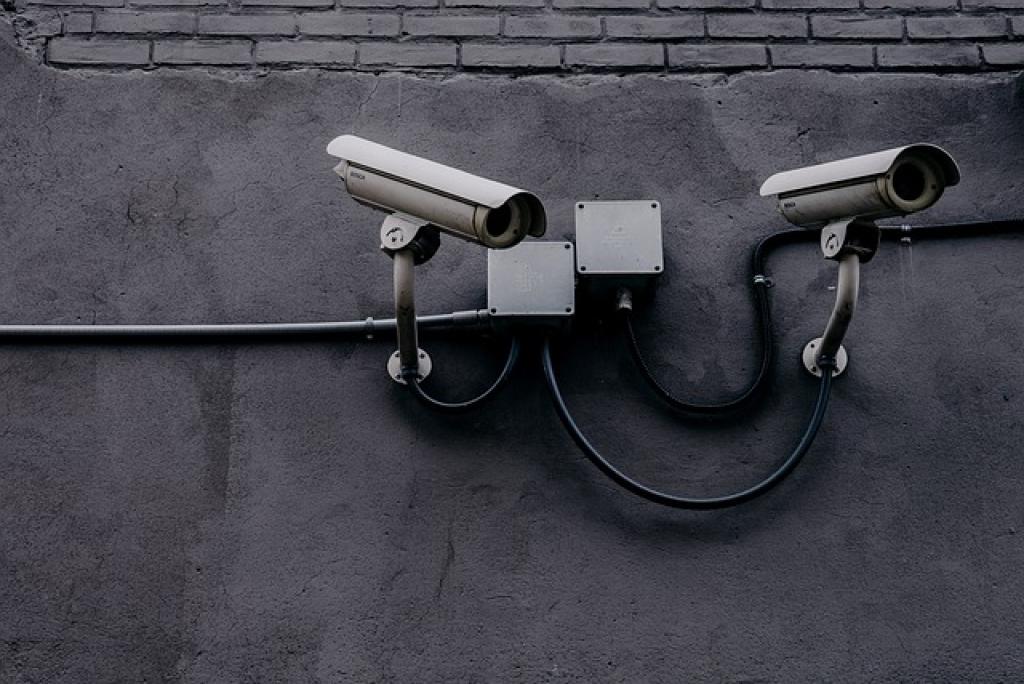
Security Planning for Business Relocations: A Comprehensive Guide
Relocating a business can be as thrilling as moving into a new home—new opportunities, fresh surroundings, a chance to redefine space and functionality. Yet, nestled amidst the excitement is a host of security challenges demanding close attention.
Transitioning from one location to another involves safeguarding assets, maintaining data integrity, and ensuring a seamless continuation of business operations. A strategic approach to security planning not only shields against potential threats but also fosters confidence among employees, clients, and stakeholders.
In this guide, explore crucial steps and considerations businesses must undertake to uphold robust security during relocation. From assessing risks, updating policies, to implementing cutting-edge solutions, gain insights into navigating the complexities of this critical endeavor, ensuring a smooth and secure transition into your new business chapter.
Why Is Security Planning Important for Business Relocations?
Business relocations are a pivotal moment, often representing growth or strategic change. However, they also expose companies to new vulnerabilities. Security planning becomes essential in safeguarding assets and ensuring the continuity of operations.
Imagine the potential fallout from lost equipment, leaked sensitive data, or unauthorized access during the move. The financial and reputational risks can be significant. Planning helps anticipate these challenges, providing a roadmap to address them efficiently.
Mitigating Financial Losses
Without a solid security plan, unexpected incidents can accrue steep costs. Theft or damage to equipment and resources can severely disrupt business activities. Planning ahead minimizes these risks, safeguarding investments and ensuring a smoother transition.
Protecting Data Integrity
Data breaches are a growing concern, especially during transitions. Moving disrupts normal security protocols, making sensitive information vulnerable. A strategic plan prioritizes data protection, employing encryption and secure handling practices to keep critical information safe.
Ultimately, a proactive approach to security in business relocations strengthens trust with clients and partners and fosters a more resilient organizational culture. Balancing the excitement of a new beginning with diligent preparation ensures a successful and secure relocation.
Assessing Security Risks at the Current and New Locations
Before finalizing your move, understanding the security landscape at both your current and prospective locations is vital. This begins with a thorough risk assessment, identifying existing vulnerabilities and potential threats unique to each environment.
At your current location, evaluate any ongoing security issues. This includes examining access controls, surveillance coverage, and past incidents of theft or breaches. Understanding what works or fails provides valuable lessons to apply at the new site.
Evaluating the New Environment
Transitioning to a new location introduces unknown variables. Conduct a comprehensive assessment of the new premises, considering factors such as neighborhood crime rates, local emergency services, and the physical security features of the building itself. Consulting with local law enforcement or security experts can offer critical insights.
Additionally, meet with building management to understand their security policies and infrastructure. Ensure that these align with your organization’s standards and address any gaps proactively.
By comparing both locations’ risk profiles, you can develop a tailored security plan that leverages existing strengths while fortifying any weaknesses. This foundational step is key to ensuring a safe and successful business transition.
Implementing Access Control Measures During the Relocation Process
As your business readies itself for relocation, access control is a crucial factor that demands attention. During this transition, establish a well-defined system to regulate who can access both your current and new premises.
Begin by reviewing your existing access control policies and updating them to reflect the temporary nature of the move. Ensure that only authorized personnel, such as trusted employees and vetted movers, have access to sensitive areas and information. Temporary access should be carefully monitored and revoked immediately after the move.
Incorporate the use of technology to enhance security. Badge systems, biometric scanners, and electronic log records can create a traceable path of who enters and exits, adding a layer of accountability. Ensure these systems are fully operational at both locations before the move begins.
Communication is key. Clearly inform all involved parties of the access control measures in place, the rationale behind them, and their roles in maintaining these standards. Regular briefings reinforce the importance of these protocols, emphasizing the collective responsibility for security.
By proactively managing access throughout the relocation process, businesses protect their assets and information, ensuring a smooth transition into their new environment.
Securing Data and Information Throughout the Move
Protecting data during a business relocation is a top priority, given the amplified risks associated with handling sensitive information. To safeguard data integrity and confidentiality, a meticulous plan for data security is essential.
Begin with a comprehensive data backup strategy. Ensure that all critical files and databases are backed up securely, with copies stored both on-site and off-site. This precaution safeguards against data loss from unforeseen incidents during transit.
Next, employ data encryption for files in motion. Encrypt sensitive data stored on portable devices, computers, or servers that will be transported. This ensures that even if devices are physically compromised, the information remains secure.
Access to data should be restricted and regularly audited throughout the relocation. Ensure that only authorized personnel handle data and oversee the transport of documentation and electronic equipment. Implement real-time monitoring solutions to track access and modifications.
Finally, review and update security policies to align with potential new threats associated with relocation. Educate employees on security protocols, and conduct training sessions to reinforce best practices. This proactive approach secures your company’s valuable information, supporting a seamless transition into the new location.
Training Employees on Security Protocols Post-Relocation
After settling into a new business location, it’s crucial to focus on reinforcing security measures with your team. Training employees on updated security protocols ensures they are well-prepared to protect the business in its new environment.
Begin the process with an orientation session dedicated to security awareness. Use this opportunity to introduce any new systems or policies implemented as a result of the move. Clearly communicate expectations and the importance of adhering to these protocols to maintain a secure workplace.
Hands-on training sessions and simulations can enhance understanding and retention of security practices. These can include scenarios for responding to unauthorized access attempts, handling confidential information, and recognizing potential threats.
Encourage a culture of vigilance by making security a shared responsibility. Regularly update employees on any changes to protocols and encourage them to report suspicious activities promptly. Establish clear communication channels for such reports to ensure swift action.
Finally, consider regular refreshers and assessments to keep security knowledge sharp and current. This ongoing commitment to training not only strengthens organizational security but also empowers employees to contribute to a safe and secure work environment.
Conclusion: Maintaining Security Measures in the Long Term
As your business settles into its new location, maintaining robust security measures remains an ongoing responsibility. While the immediate demands of relocation bring security to the forefront, it’s essential to integrate these practices into the fabric of daily operations for the long haul.
A successful transition sets the groundwork, but continuous evaluation and adaptation of security protocols ensure resilience against evolving threats. Regularly audit your security systems and policies, identifying any vulnerabilities that emerge over time. This proactive approach not only preserves the integrity of your business but also prevents complacency.
Furthermore, investing in employee training reinforces a culture of security awareness. Encourage their active participation in safeguarding the company by fostering open dialogue about best practices and potential improvements. Empowered employees become the first line of defense against security breaches, providing an extra layer of protection.
Technology also plays a crucial role in maintaining security. Keep systems up-to-date with the latest security features and leverage advancements that support your security strategy. Whether through enhanced surveillance, access control, or data protection measures, technology can be a powerful ally in your efforts.
In conclusion, by weaving security into the very essence of your operations, your business not only safeguards its assets but also cultivates trust among clients and employees. As you move forward in your new environment, a steadfast commitment to security will be integral to your ongoing success.


